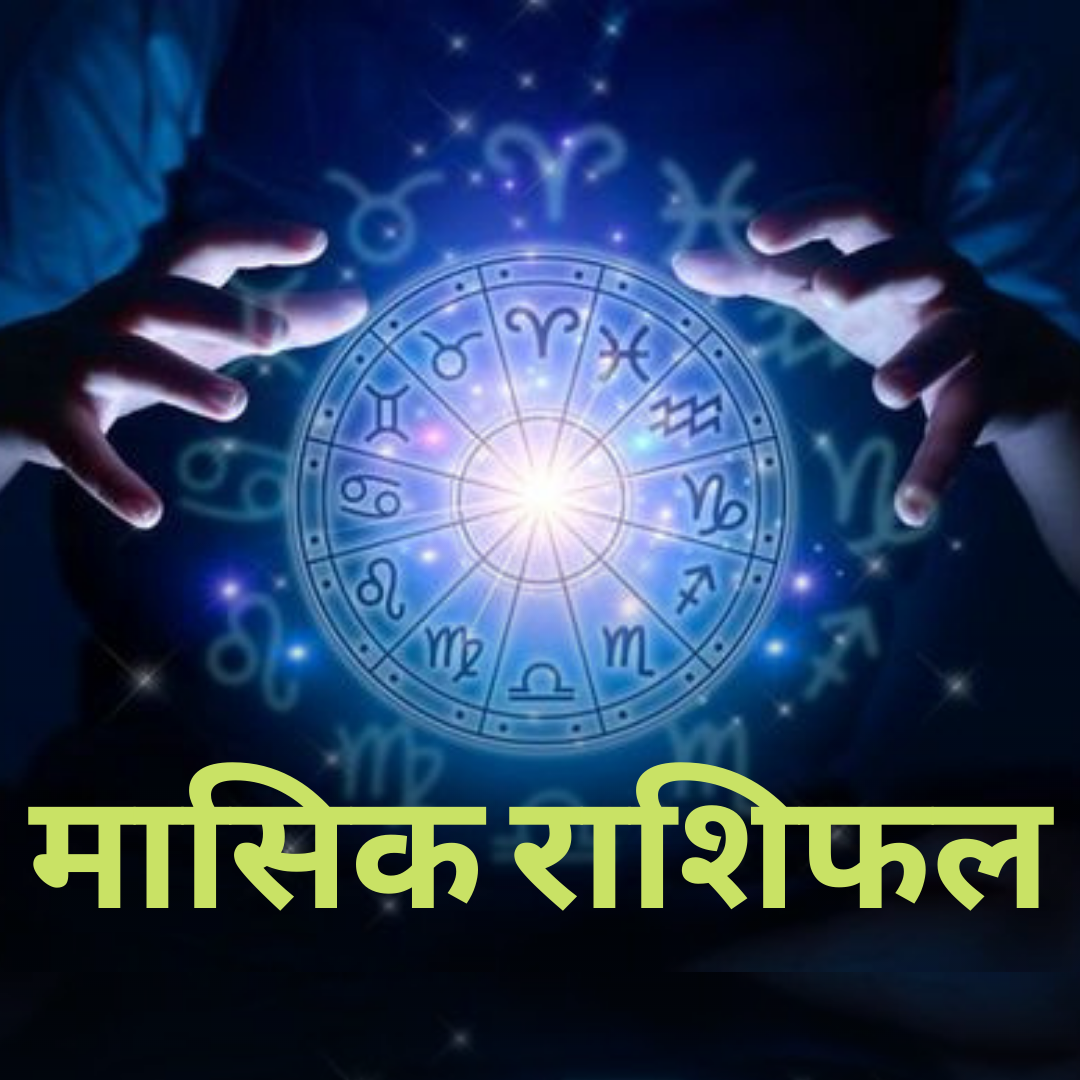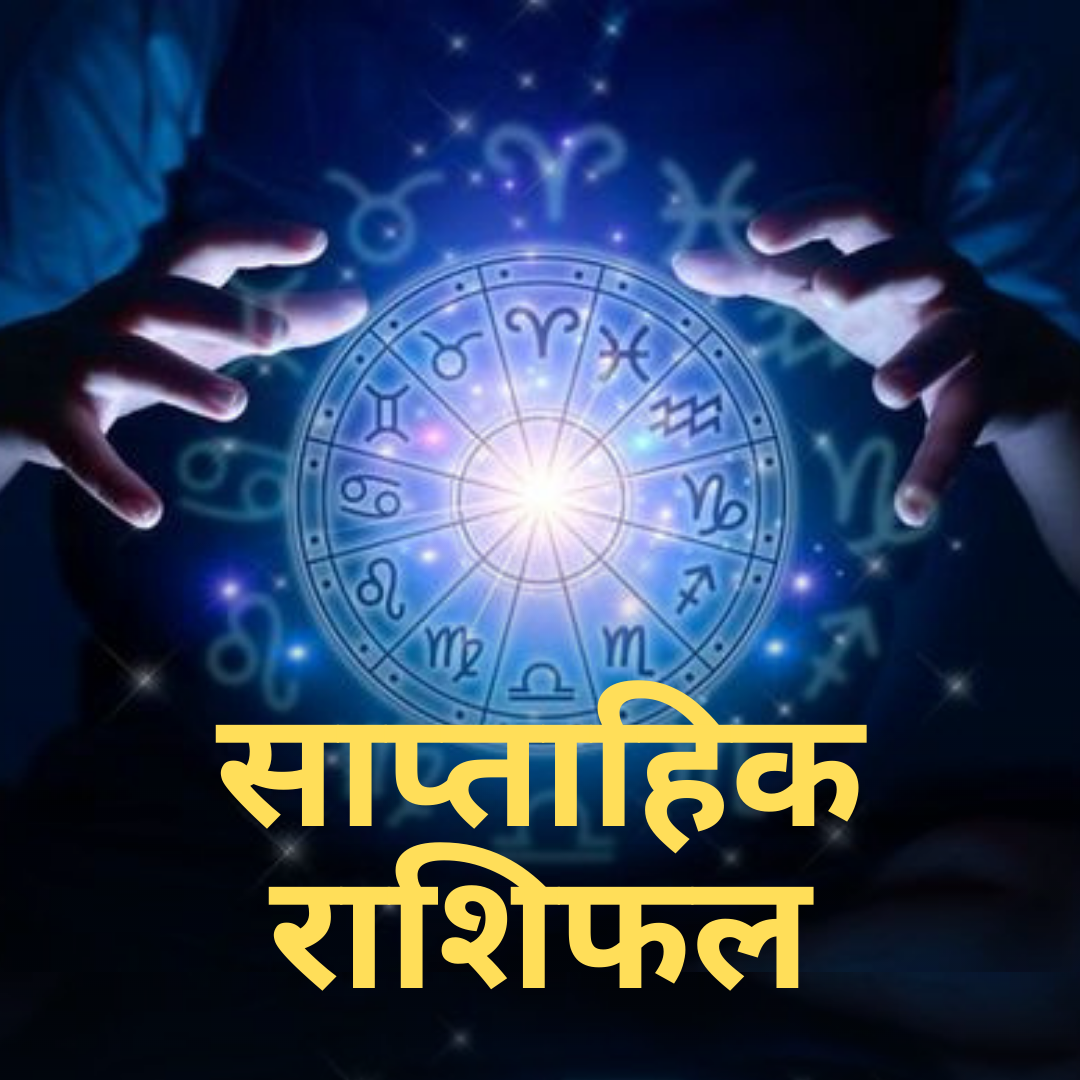
Vaidyanath Jyotirlinga - Temple, Story, Significance, and History
The 12 Jyotirlingas have great importance in Hinduism. It is said that a person attains salvation by merely visiting these 12 Jyotirlingas. The fifth Jyotirlinga among these twelve Jyotirlingas is Baba Baidyanath or Baba Vednath Dham in Deoghar, Jharkhand. This place is also considered holy because both Shiva and Sati are seated here. Jai Durga Shaktipeeth, one of the 51st Shaktipeeths, is likewise right here.
According to mythological belief, the heart of Sati had fallen right here. Therefore, this holy abode of the goddess is also called 'Hridayapeeth'. At this holy Shaktipeeth located at the abode of Baba Vednath, first the mother and then Baba Vednath are worshipped. It is believed that one gets relief from diseases by visiting and worshipping Shri Baidyanath Jyotirlinga.
5th Jyotirlinga - Vaidyanath
Shri Baidyanath Jyotirlinga is said to be the 5th place in the count of all the Shivlingas. The place where the temple of Lord Shri Vaidyanath Jyotirlinga is located is called Vednath Dham. This place falls in the Deoghar district of Jharkhand state. Tradition and mythology show that only the Shri Vaidyanath Jyotirlinga located in Deoghar has authentic recognition. Every 12 months, lakhs of devotees deliver Ganga water from Sultanganj within the month of Sawan and provide it to Shri Shri Vednath here.
Shri Vaidyanath Jyotirlinga was established by the demon king Ravana. That is why it's also known as Manokamna Jyotirlinga. According to mythology, to become the conqueror of the world, Ravana was bringing the Jyotirlinga, the form of Lord Shiva, to Lanka. Then, according to the divine wish, the Shivlinga was kept on the way, and since then, this Dev Sthan is called Vednath Dham.
Vaidyanath Jyotirlinga Story
The story related to Baidyanath Dham Jyotirlinga is found in many Puranas. But it has been told in detail in the Shiva Purana. The story of Baidyanath Dham takes us to the Treta (त्रेता)Yuga. Where Lankapati Ravana was sacrificing his head one after the other to please Lord Shiva and offering it on the Shivling. One through one, Dashanan Ravana cut off nine heads and presented them at the Lord's Shivling. When the turn of the tenth head came, Mahadev appeared happily. As soon as Lord Shiva appeared, all the ten heads of Ravana became as before.
Vaidya is a Sanskrit word which means 'doctor', hence this temple was named Vednath Dham. After this, Lord Shiva asked Ravana to ask for a boon. Ravana requested Lord Shiva to permit him to set up the Shivling in Lanka. Hearing this, Lord Shiva put a condition in front of Ravana, he said- If you put the Shivling on the ground before reaching Lanka, it will be connected to the ground. And no one will be able to lift it from there. Ravana agreed to this. And from there he left for Lanka.
The gods and goddesses were not happy with this decision of Lord Shiva; they knew that if Shiva went to Lanka with Ravana, he would become invincible and the world would be in danger due to his evil deeds. They asked Lord Vishnu to stop the demon king Ravana from taking the Shivling to Lanka. Lord Vishnu ordered Ganga to enter Ravana's body.
As soon as Mother Ganga entered Ravana's body, Ravana started feeling a strong urge to urinate on the way, meanwhile Lord Vishnu appeared there in the form of a shepherd, due to the urge to urinate, Ravana came down to the earth and gave the Shivling in the hands of Lord Vishnu standing in the form of a shepherd and said that do not put this Shivling on the ground until I return after urinating.
On the other hand, Lord Shiva, present in the form of Shivling, started increasing his weight, and the shepherd put it on the ground. After urinating, when Ravana started searching for water to wash his hands, he could not find water anywhere. Ravana pressed a part of the earth with his thumb and took out water, which is known as Shivganga today. After washing his hands in Shiv Ganga, when Ravana tries to uproot the Shivling kept on the earth and take it with him to Lanka, he becomes unable to do so.
After this, in anger, he presses the Shivling into the earth, due to which only a small part of the established Shivling of Lord Shiva at Baidyanath Dham is visible above the earth. It is also known as Ravanaeshwar Baidyanath Jyotirling. After this, Lord Vishnu himself established the Shivling there.
Vaidyanath Jyotirlinga Significance
Vaidyanath Jyotirlinga, also known as Deoghar, is one of the most sacred and important pilgrimage sites in Hinduism. It is one of the twelve Jyotirlingas of Lord Shiva, which might be believed to have been installed with the aid of Shiva himself. It also has special significance because it is a symbol of Shiva, the healer - that is, this place is unique for freedom from diseases and attainment of health.
Worship of the Baidyanath Jyotirlinga provides relief from incurable diseases and fulfills wishes. This is the reason why devotees coming here worship Lord Shiva as 'Vaidyanath', i.e., Vednath (doctor). Jalabhishek has special significance here, especially in the month of Shravan, when lakhs of devotees bring Ganga water and offer it to Baba.
This place is not only a center of spiritual energy, but it also symbolizes the confluence of Shiva and Shakti, as the temple of Maa Parvati is also located nearby. Worshipping at Baidyanath Dham destroys sins, gives mental peace, and brings happiness and prosperity in lifestyle. This is the reason why the Vednath Jyotirlinga remains the center of utmost devotion, faith, and salvation for the devotees.
Vaidyanath Jyotirlinga History
Baidyanath Temple is likewise known as Vaijnath, Baidyanath, or Baijnath, depending on which it is worshipped. Shri Vaijnath Temple in Parli, Maharashtra. It is the specific region of the Jyotirlinga, as mentioned by Adi Shankaracharya in his Dwadasa Jyotirlinga Stotram.
Baidyanath Temple in Deoghar, Jharkhand. This temple is associated with the legend of Ravana supplying his ten heads to Shiva and receiving the Kamana Linga from him. It is likewise the destination of the Kanwar Yatra, where thousands and thousands of devotees deliver holy water from the Ganges to provide to Shiva.
Baijnath Temple in Baijnath, Himachal Pradesh. This temple is located on the banks of the Binwa River and dates back to the thirteenth century AD. It has a unique architectural fashion and is taken into consideration one of the maximum beautiful temples in Himachal Pradesh. The devotees of Shiva have reverence for these types of temples, which have their significance and history.
About Vaidyanath Jyotirlinga Temple
Baidyanath Temple is a mix of Hindu and Islamic styles. The sanctum is surrounded using a circumambulatory course adorned with beautiful carvings and sculptures. The temple additionally has a large square mandap corridor, in which devotees can offer prayers and carry out rituals. The temple complex is surrounded by way of a stone wall with 4 gates on both sides.
The demon king Ravana, who kidnapped Sita in the epic Ramayana, worshipped Shiva at this vicinity to reap boons, which he later used to wreak havoc on the arena. Ravana supplied his ten heads to Shiva one after the other as a symbol of sacrifice. Shiva changed into pleased and incarnated to heal Ravana's injuries. The temple derives its name from the shape of Shiva.
Vaidyanath Puja Method
Baidyanath (Vednath)Temple in Deoghar is called Manokamna Ling. It is believed that whatever a devotee wishes for with a true heart, it is fulfilled. There is also a tradition of Thapa Puja in Baba Temple. All the wishes of the devotees are fulfilled by performing Thapa Puja. Whoever makes a wish by placing his hand upside down and placing Thapa on the wall of the sanctum sanctorum of Baba Baidyanath Temple, his wish is fulfilled. Performing Thapa Puja in the temple leads to the birth of a child, people troubled with a job get a job, and the desire for marriage or any other wish is fulfilled.
Conclusion
The central courtyard of the Vednath Dham temple has a 72-foot-high grand temple of Shiva, which has a bell, Chandrakup, and a huge lion gate for entry into the temple. The upper part of the Shivlinga is slightly broken, which is said to have broken when Ravana tried to uproot it. The temple of Parvati Ji is connected to the temple of Shiva Ji. There are 21 other temples established in the courtyard. Near the temple is the Shivaganga Lake. The architecture of the temple reflects a mixture of various styles, including Nagar and Dravidian, demonstrating the diverse cultural influences that shaped its design. If you want to know about the Temple, Story, Significance, and History of Vaidyanath Jyotirlinga, then online astrology consultation.









